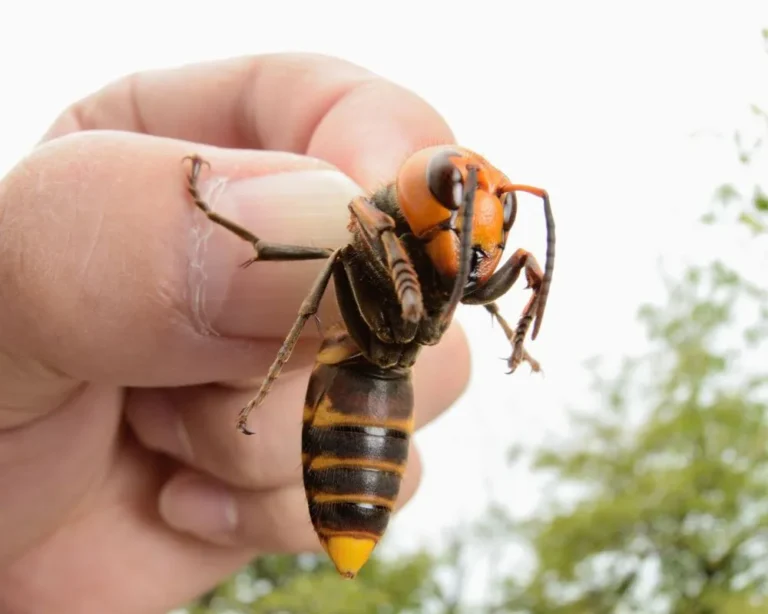The Tiniest Animal Species That Can Wipe Us All Out

As humans, we tend to find small creatures adorable and often have the urge to keep them close. However, it might come as a surprise to know that some of the tiniest animals in the world can be incredibly hazardous. Even though they are tiny, species like poison dart frogs and blue-ringed octopuses can be extremely dangerous, and we have compiled a list of such species that are capable of wiping us out.
Pufferfish
The pufferfish, known for its adorable appearance when stressed due to its chubby figure, is considered the most adorable fish in the sea. Even though it looks cute and has spines on its body, the pufferfish holds a highly potent toxin that could be deadly for an adult.
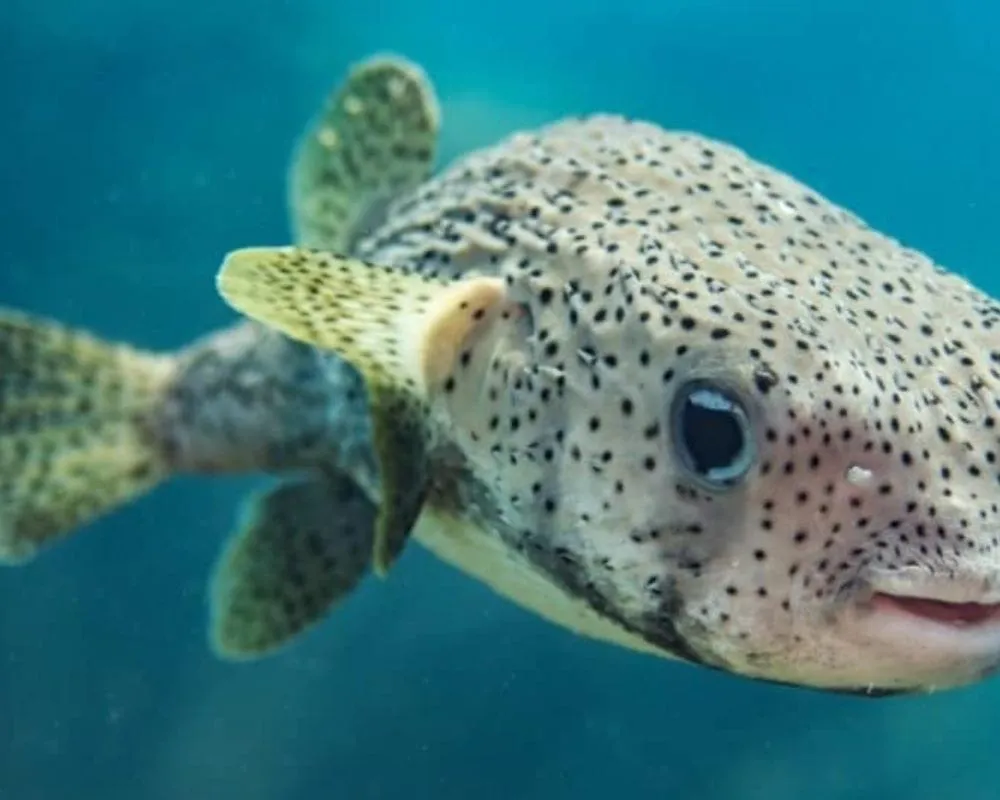
It is extremely powerful, to the point where it is regarded as one of the most hazardous toxins globally. However, there is nothing to be concerned about because the only way you can be affected by it is if you take a bite of it. Thank goodness!
Ticks
Ticks can be a nightmare for any dog owner, causing pain to your pet, being hard to eliminate, and possibly remaining unnoticed. What’s even worse is that they pose a threat not only to your dog, but also to you, as they may transmit Lyme disease.
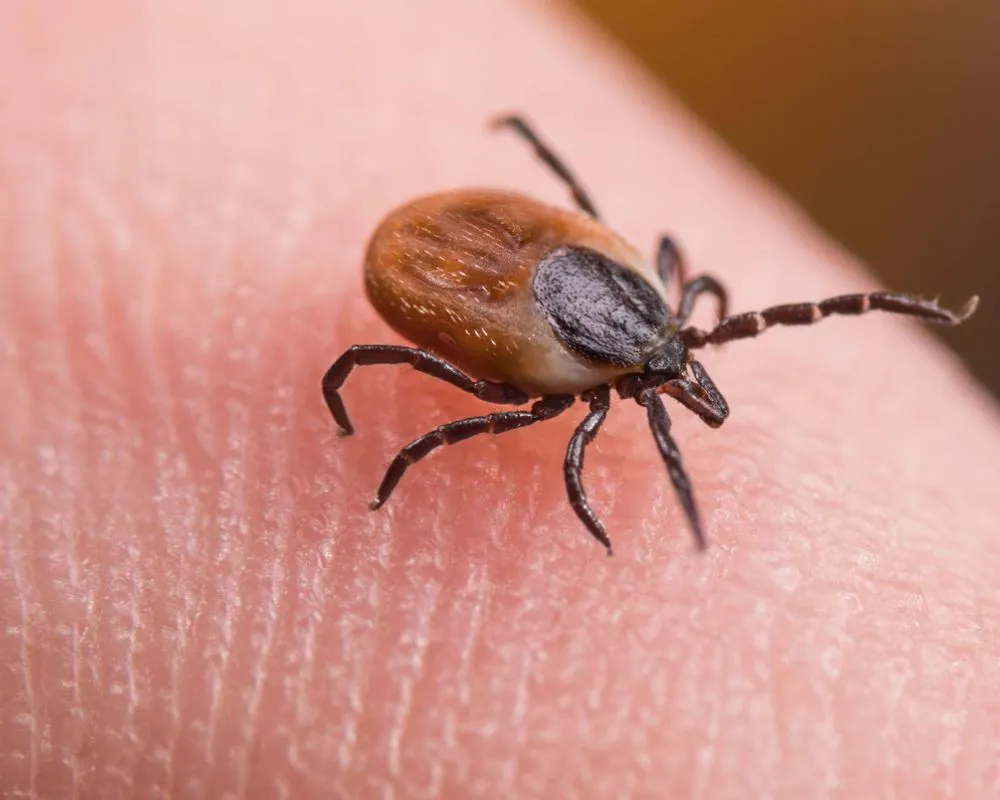
Regrettably, the situation deteriorates significantly as tick paralysis is brought about by a poisonous substance present in the salivary gland of these insects, leading to breathing difficulties that can escalate to a hazardous level if not tended to.
Deathstalker Scorpion
The Deathstalker scorpion is not named without reason. It is regarded as the most perilous type of scorpion because of its highly excruciating sting that can lead to serious repercussions if not treated immediately.
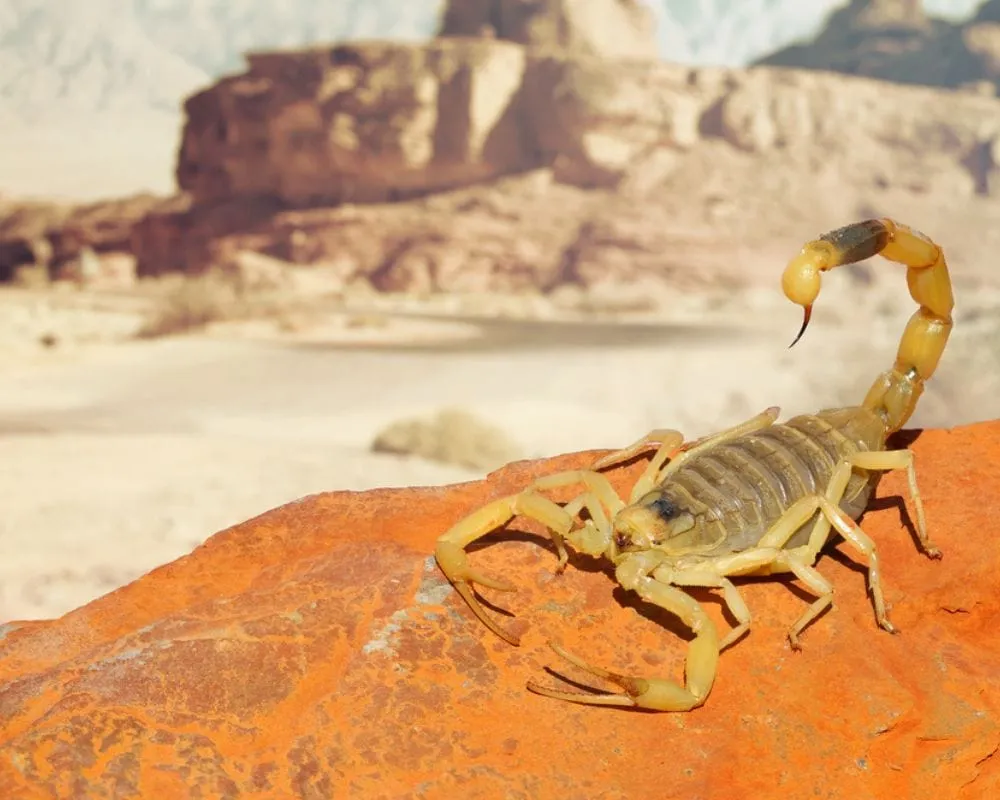
The scorpion is a species that inhabits the East and Northern African regions, as well as the Middle East. If you come across one of these scorpions in the US, it’s best to avoid getting stung as getting access to the anti-venom may prove difficult.
Predatory Cone Snail
It’s not common to consider snails as hazardous creatures, however, nature has unexpected elements. On the contrary, cone snails have resulted in the death of over 30 people, indicating a severe threat.
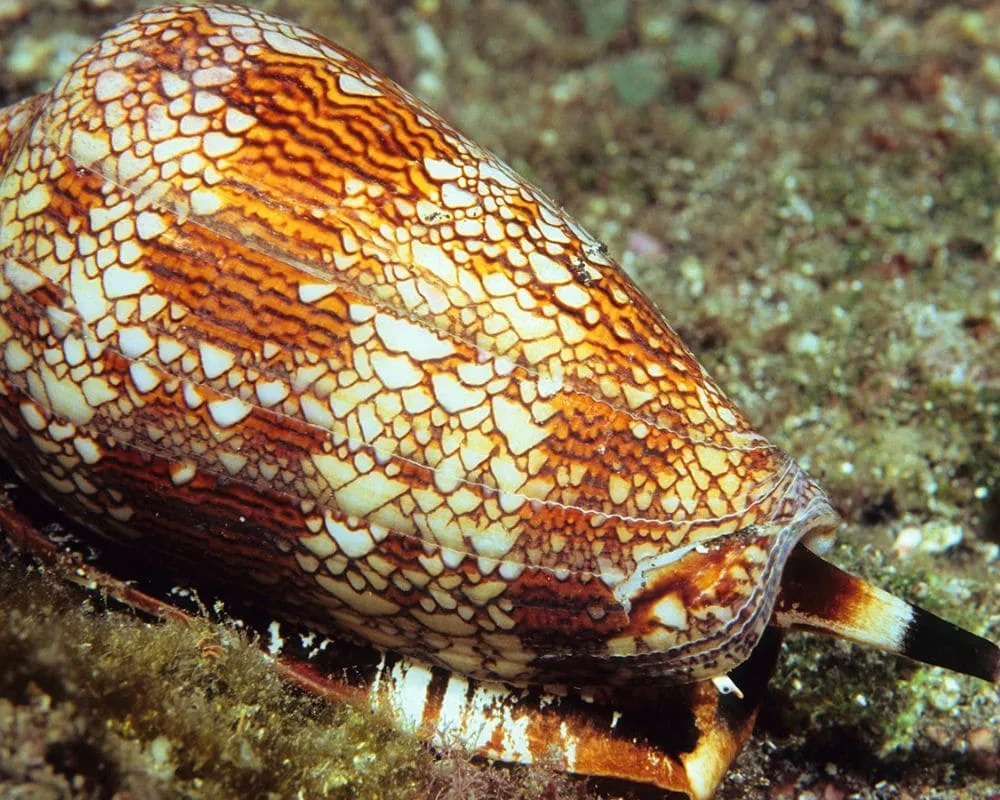
These creatures inhabit the reefs and have the ability to sting their prey using a tooth that functions like a harpoon. It is unfortunate that there is no known remedy for the venom. Thus, it is best to avoid encountering them while swimming.
Japanese Giant Hornet
The very large hornets, which can reach a length of approximately two inches, are famous for being highly aggressive and carrying 6mm stingers (equivalent to 0.2 inches). These stingers contain a potent venom that can overpower any individual, and it is estimated that approximately 40 individuals get stung by them annually in Japan.
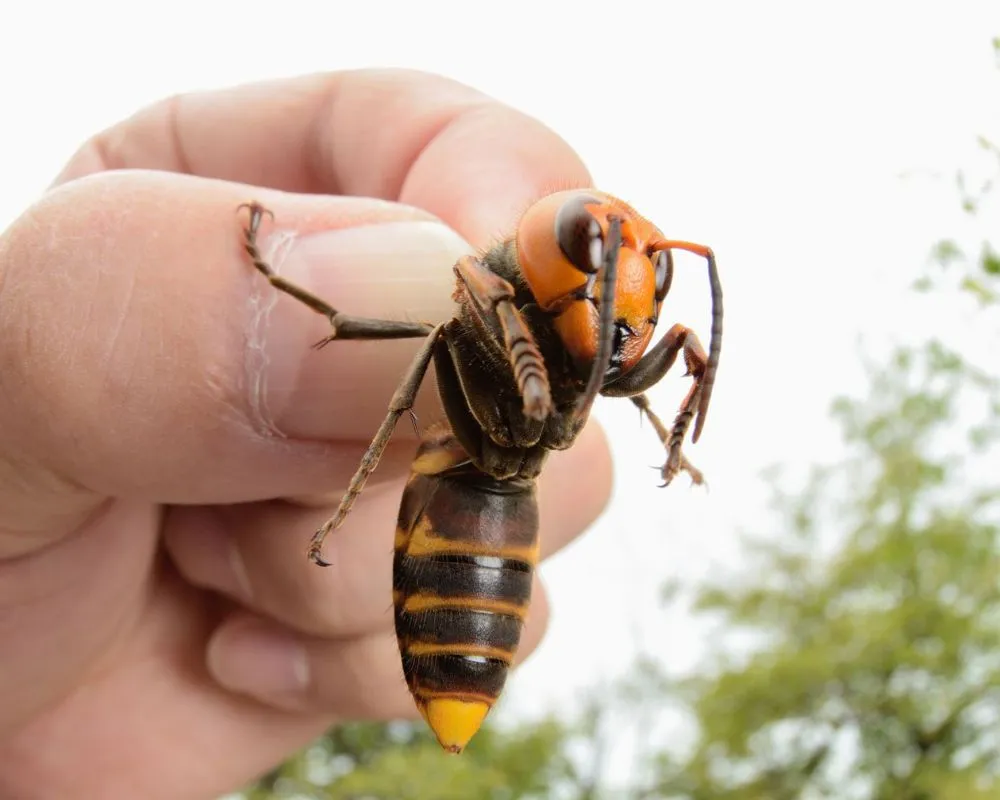
Nonetheless, it’s fortunate that these creatures are restricted to Japan only. Therefore, if you happen to be anywhere else in the world, you don’t have to worry about their wickedness. After witnessing this, it’s hard to say we’re enthused about visiting the Land of the Rising Sun!
Blue-Ringed Octopus
Let’s discuss the adorable yet hazardous small creatures such as the blue-ringed octopus that have striking blue markings. Nonetheless, one should avoid the most attractive creatures, as they can be dangerous.
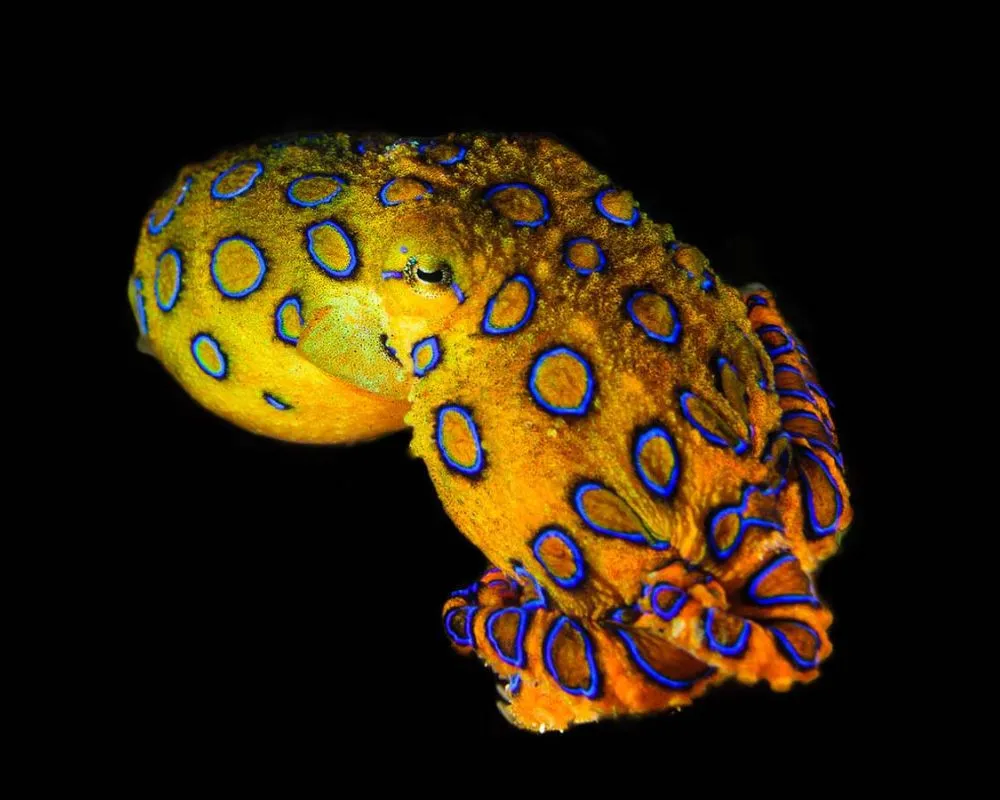
Amongst the deadliest species in the sea, are octopi whose venom is extremely dangerous. However, the blue-ringed octopi are relatively harmless and prefer to catch crustaceans.
Safari Ants
Safari ants, also known as siafu, are not merely bothersome insects that can spoil your outdoor meals. They possess exceptionally powerful mandibles that are so potent that indigenous fighters in Eastern Africa utilize them as impromptu surgical sutures.
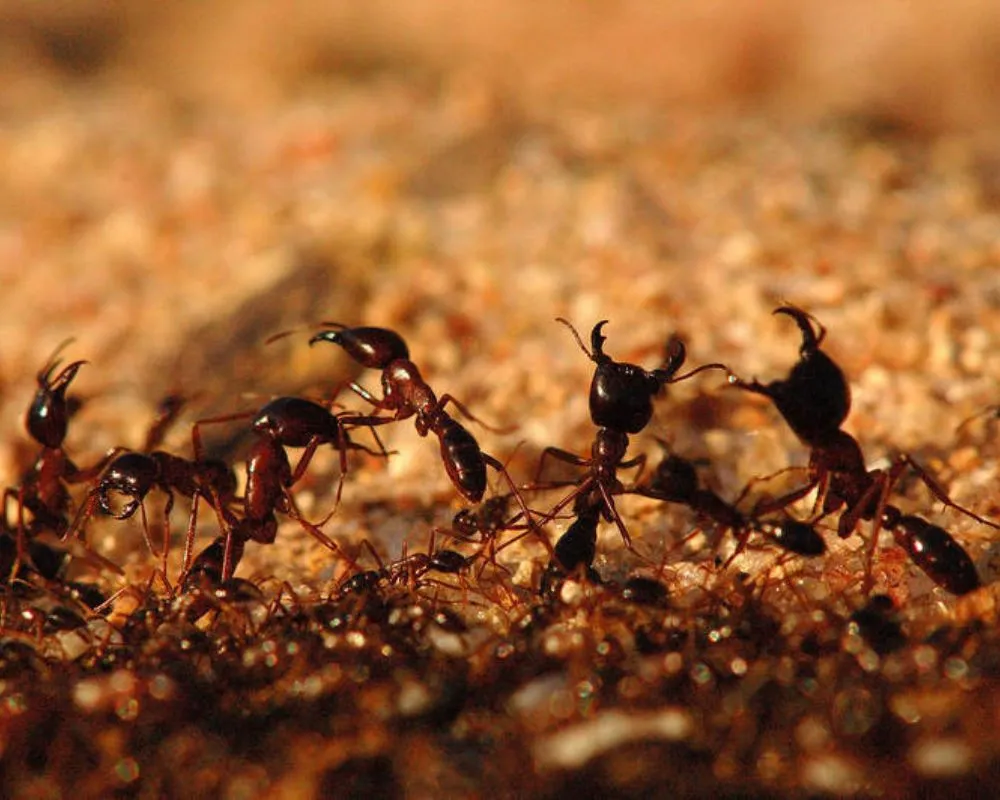
These insects are known for their nomadic nature and tendency to move in large groups of thousands of ants. Additionally, they are aggressive and carnivorous, with a reputation for delivering extremely painful bites.
Blue Dragon
These men resemble characters straight out of a science fiction film and are equally peculiar in reality. The sea creature known as the blue dragon is a type of sea slug that typically floats on top of the water and has the ability to unleash stinging nematocysts.
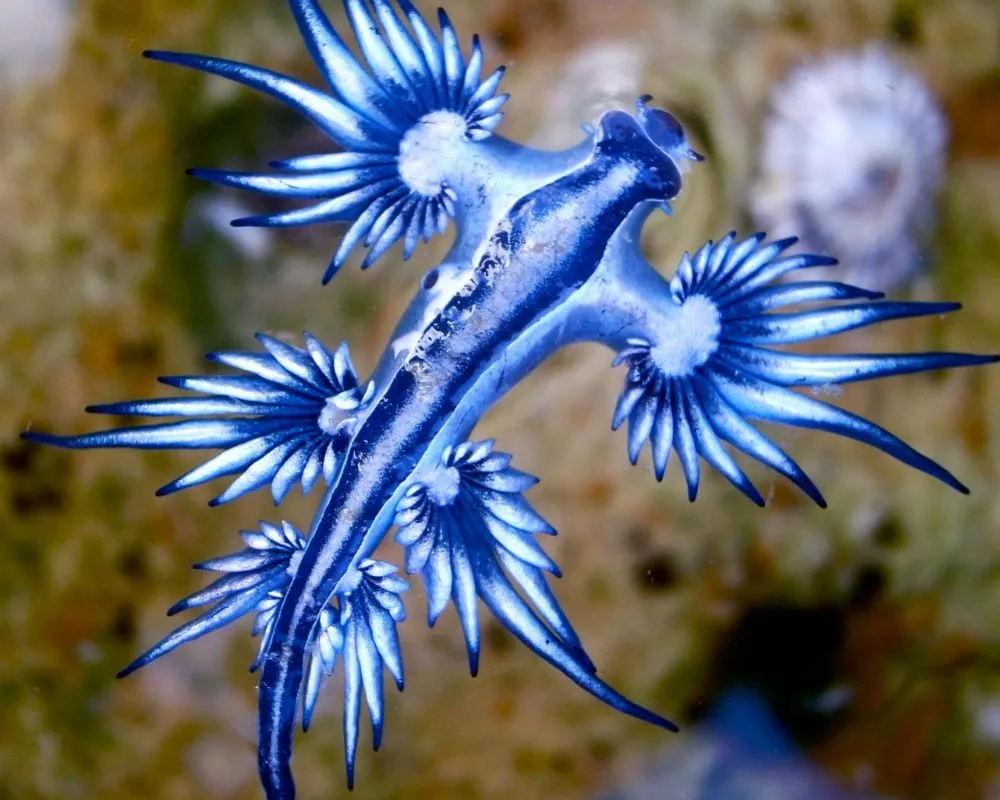
These are essentially small, minuscule projectiles that are set free to hunt prey and deter predators. It seems both impressive and scary at the same time. Oh my!
Pfeffer’s Flamboyant Cuttlefish
Despite its small size, the flamboyant cuttlefish possesses extremely toxic muscle tissue, although it has a remarkable name.
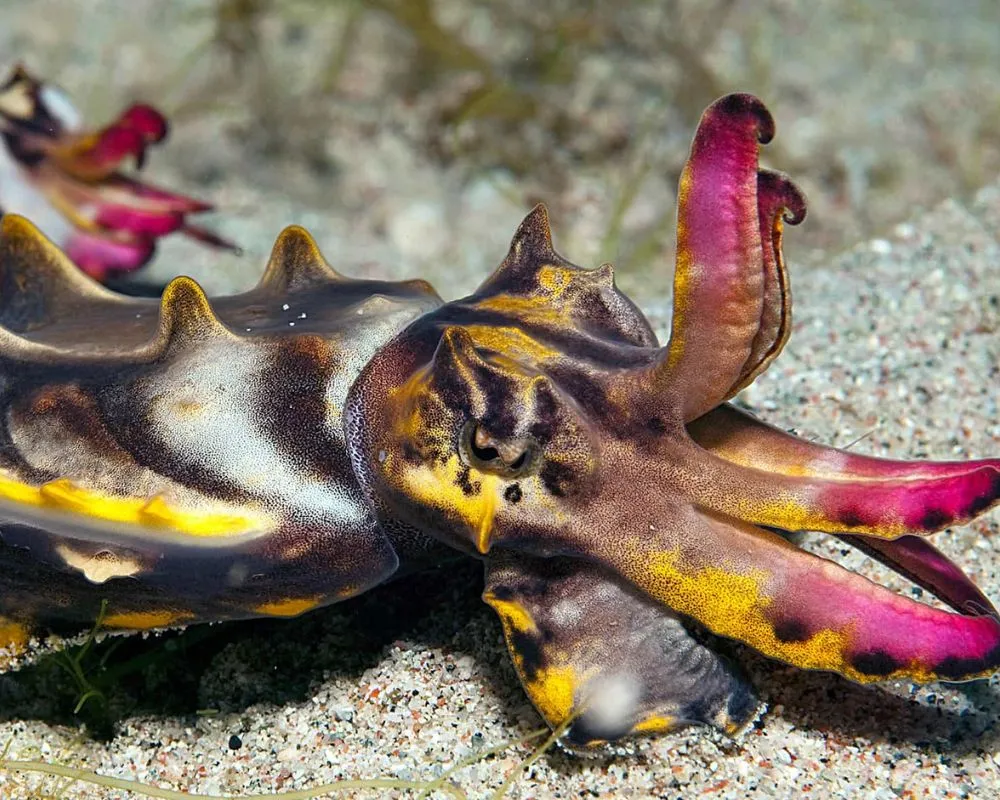
If you ever plan on going to Australia, it is advisable to refrain from biting into these things. In fact, it is better to avoid biting small animals in general as they could be possibly dangerous.
Brown Recluse Spider
Despite the fact that black widows are usually renowned as the most hazardous spiders, the brown recluse is also highly poisonous and much more prevalent.
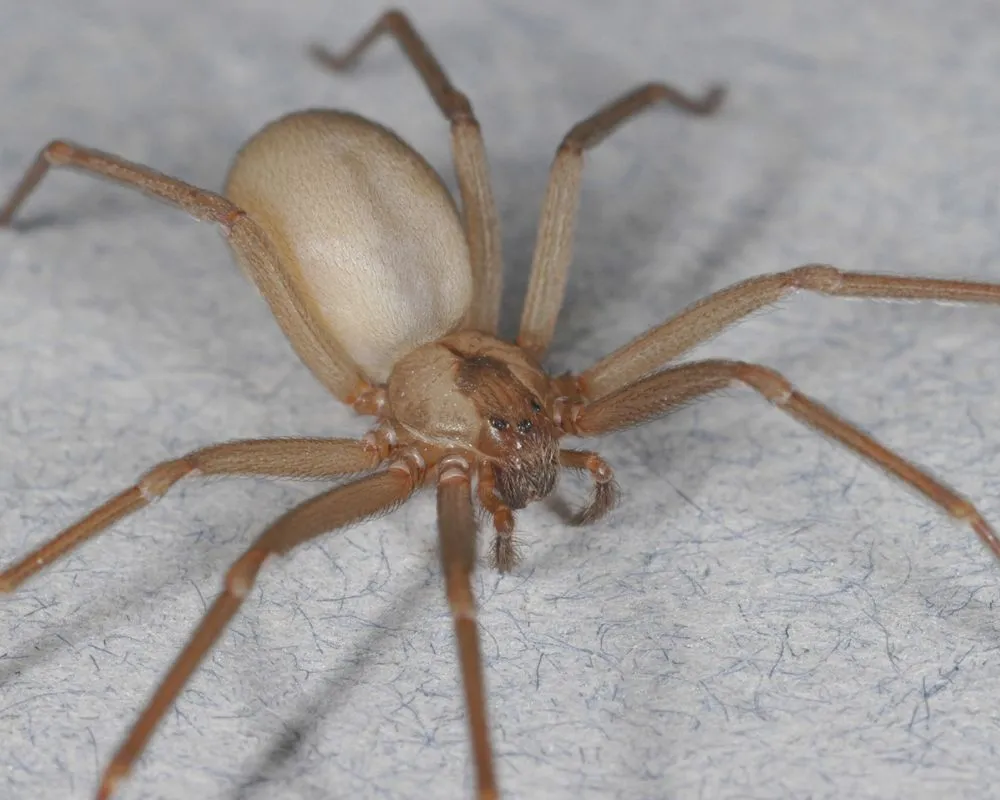
Although they are not the fiercest spiders on the planet, their bites are extremely painful. The venom in their chomps can cause skin cells to deteriorate, leading to deep hollows that can become severe if not treated promptly.
Malo Kingi Jellyfish
The “kingslayer” malo kingi jellyfish belongs to the Irukandju jellyfish family and is known for fatally stinging a man named Robert King in the Northern Australian coast, hence the nickname.
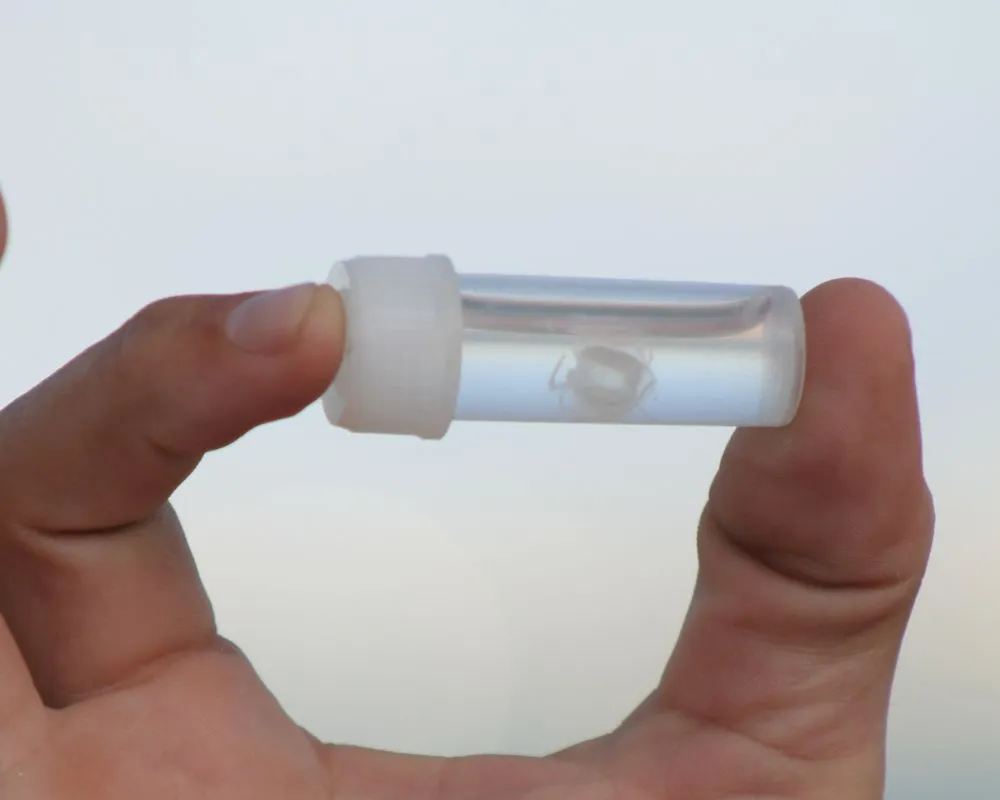
Even though they are tinier than your fingernail, the sting from these creatures contains one of the most powerful poisons globally, leading to intense agony and nausea.
Poison Dart Frog
Although these frogs may appear adorable, they are incredibly hazardous due to their skin secreting a powerful toxin. Natives of South and Central America have even been documented using the poison from these frogs on the tips of their arrows and darts.
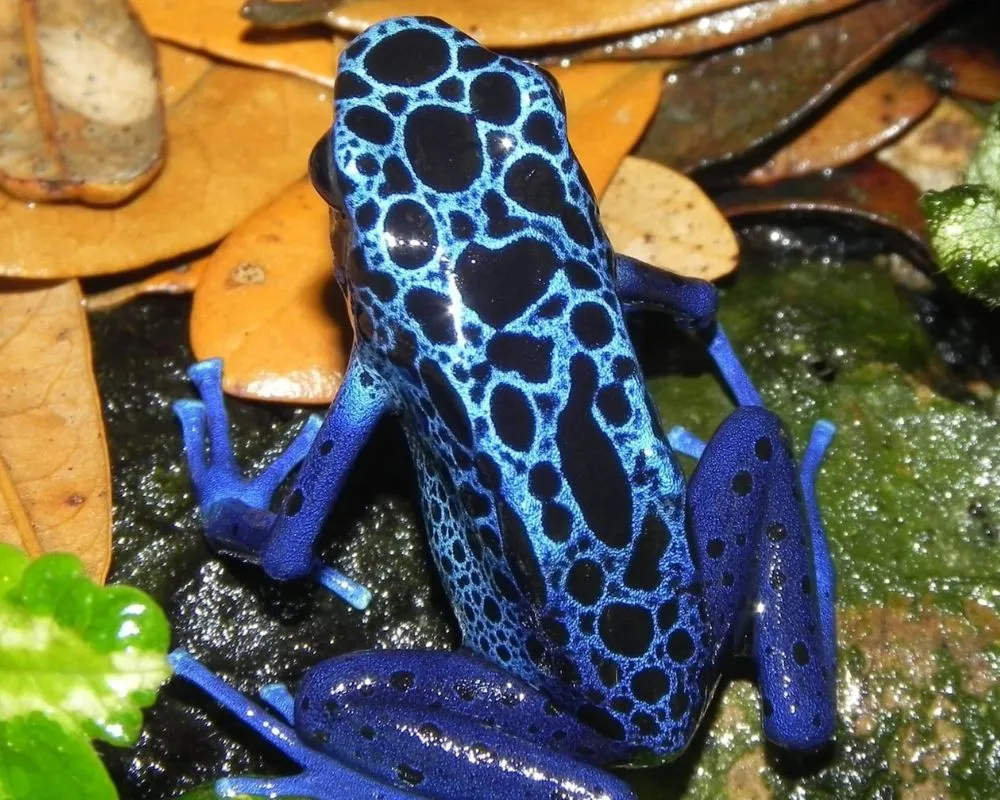
You should avoid approaching this gorgeous animal. Essentially, if you come into contact with a poison dart frog, even unintentionally, it is crucial to seek assistance right away.
Bats
Bats, despite their adorable appearance, can transmit harmful diseases, although they play a crucial role in maintaining the balance of our planet’s ecosystems.
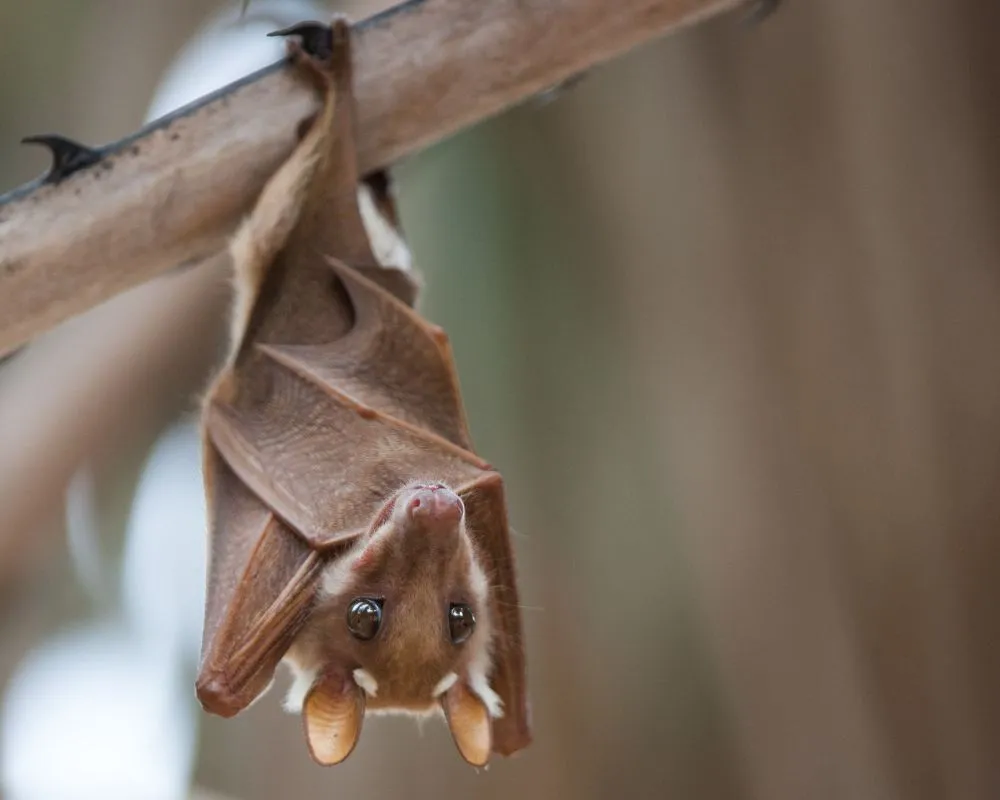
Bats are often carriers of rabies, which is likely the most prevalent disease they carry, and it goes without saying why coming in contact with rabies is undesirable. Hence, despite their resemblance to adorable winged canines, it’s advisable to avoid proximity to wild bats.
Red Widow Spider
Interestingly, red widows belong to the black widow family and are frequently found in Florida. They can grow up to one and a half inches in size, which may not seem like much, but it is substantial when encountered in person.

Grownups find pleasure in consuming big bugs and crickets, which supposedly possess a venom more potent than that of a rattlesnake. In case of a bite, anticipate symptoms like muscle debility, nausea, and excessive perspiration.
TseTse Fly
The tik-tik fly, which is a perilous parasite, is ubiquitous in tropical Africa and is sometimes referred to as tik-tik. Though they resemble horse flies, they are entirely distinct.
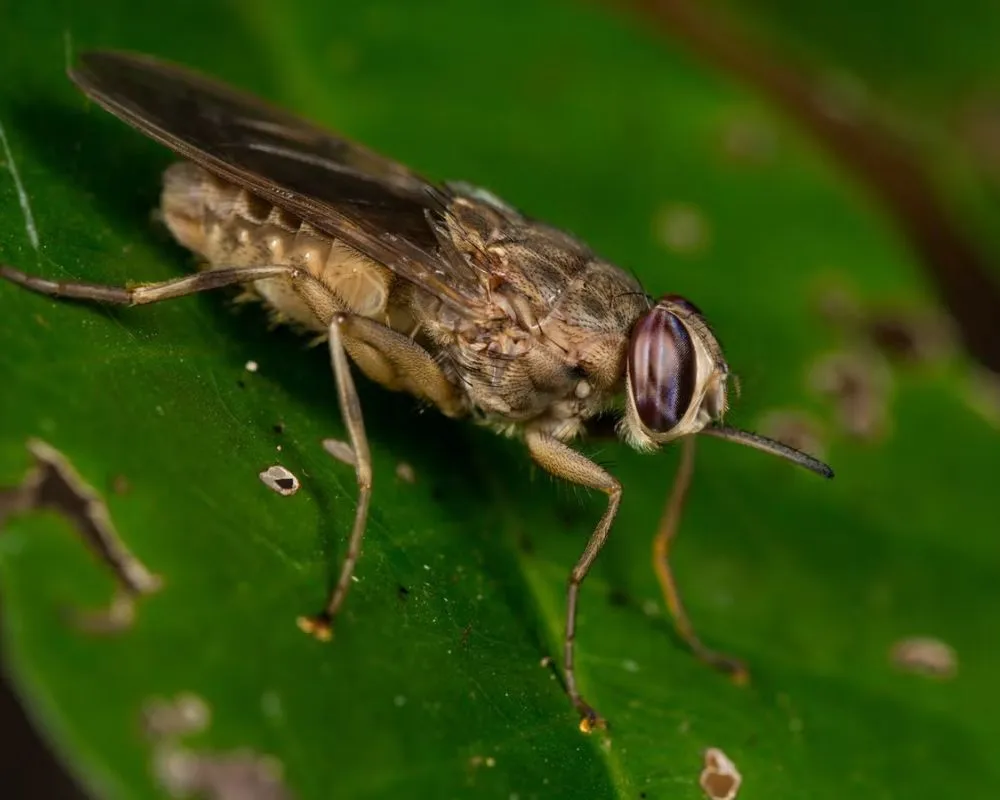
The insects transfer a disease called sleeping sickness to humans, resulting in various unpleasant symptoms such as tiredness, headaches, muscle pains, and a fever. If not treated properly, this illness can have severe outcomes.
Mouse Spider
There are around eight different species of mouse spiders in Australia. These little guys are characterized by their large fangs and short, thick legs. Unfortunately, they’re quite aggressive and will not hesitate to bite when provoked.
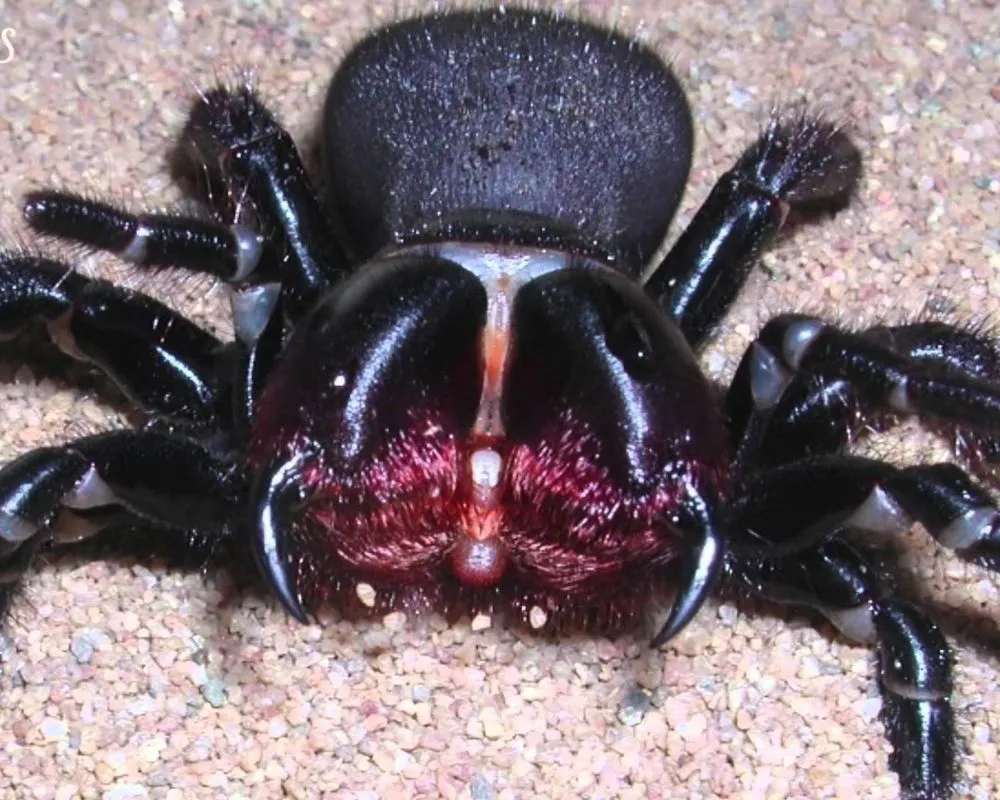
Getting nibbled by one of these critters can cause serious pain and illness, coughing, muscle weakness, sweating, and difficulty breathing!
Mosquitoes!
Mosquitos are by no means cute, but they’re certainly small and can be pretty treacherous. While they won’t send you to meet your maker with just their bite, they do carry diseases that cause serious harm to people around the world.
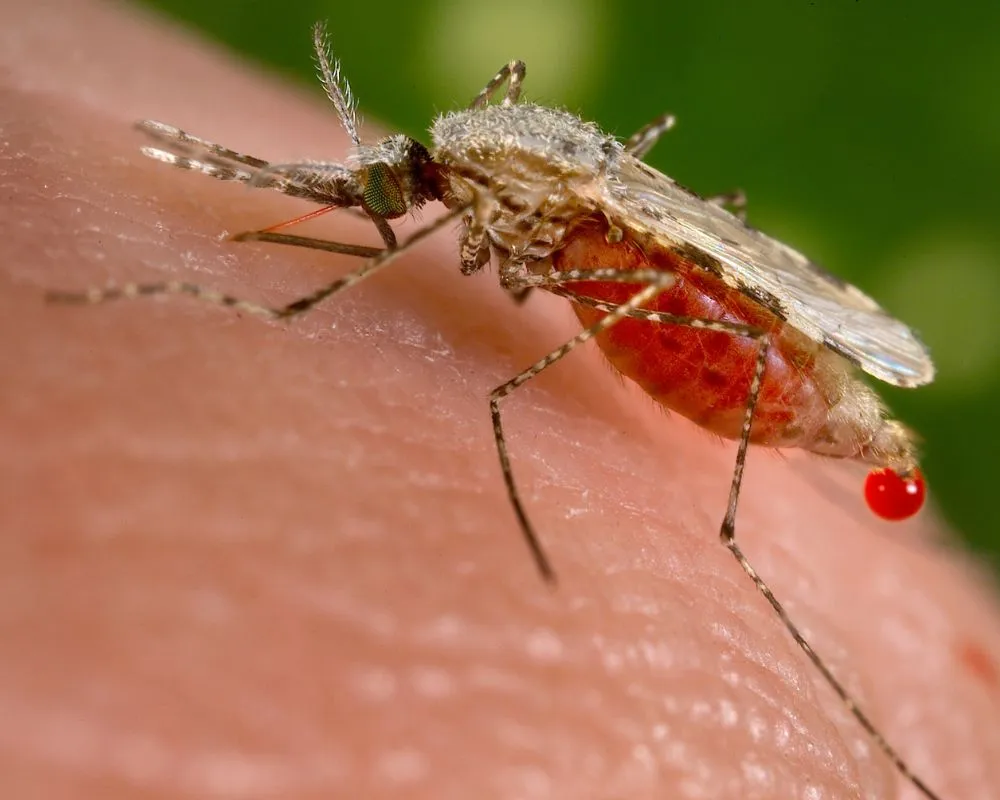
For example, malaria is one of the most dangerous diseases that mosquitoes carry, though they are also known to carry Yellow Fever and dengue.
Australian Box Jellyfish
The Australian box jellyfish has harmed more than 60 people in the past century in their native country, so it’s no surprise they made it onto this list. They pack an incredibly potent venom that can cause muscle spasms, headaches, vomiting, and difficulty breathing.
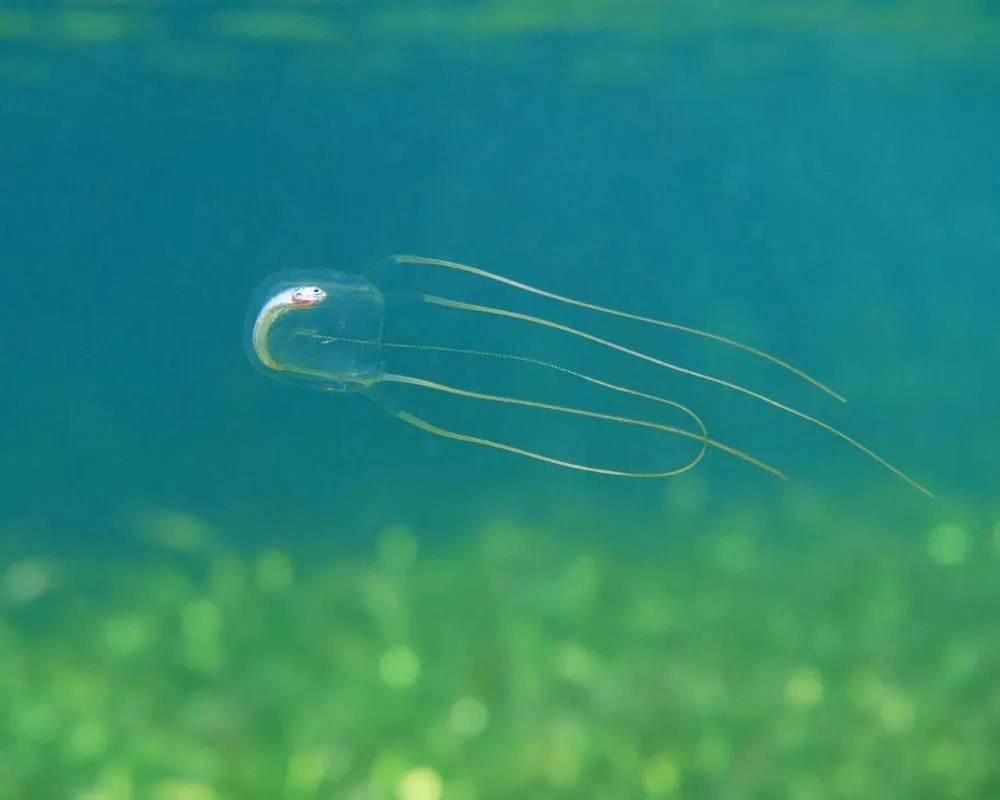
You definitely don’t want to encounter one of these when you’re out in the water! So, if you think you see a particularly small plastic bag floating around in the water, think twice before deciding to go pick it up.
Stonefish
These fish belong to the scorpionfish family and tend to make their homes in tropical waters and worldwide aquariums. Their venom is highly poisonous, and while their unique texture may make you want to touch them, you should avoid doing so at all costs.
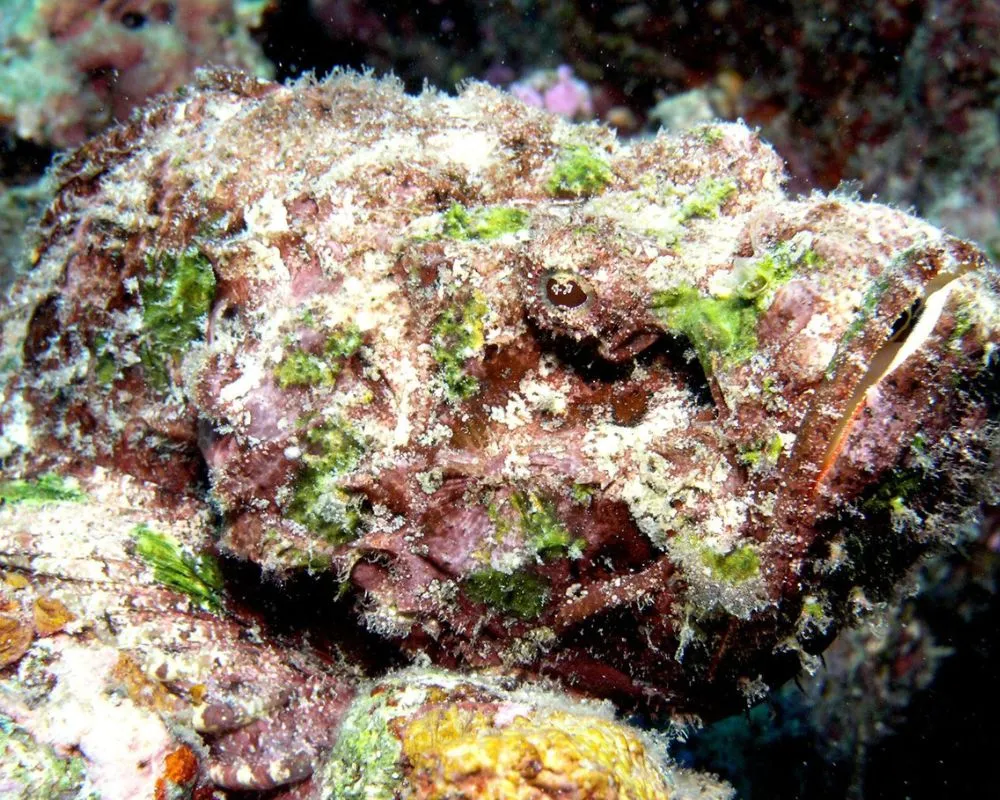
They can cause difficulty breathing, swelling, bleeding, pain, and more. Ouch. They’re also masters of disguise and tend to resemble rocks to the untrained eye — go reef diving with extra caution next time!
Africanized Honey Bee
The Africanized honey bee is also referred to as the ‘killer’ bee, and quite appropriately. They are highly temperamental, spanning over Central and South America and into the United States.
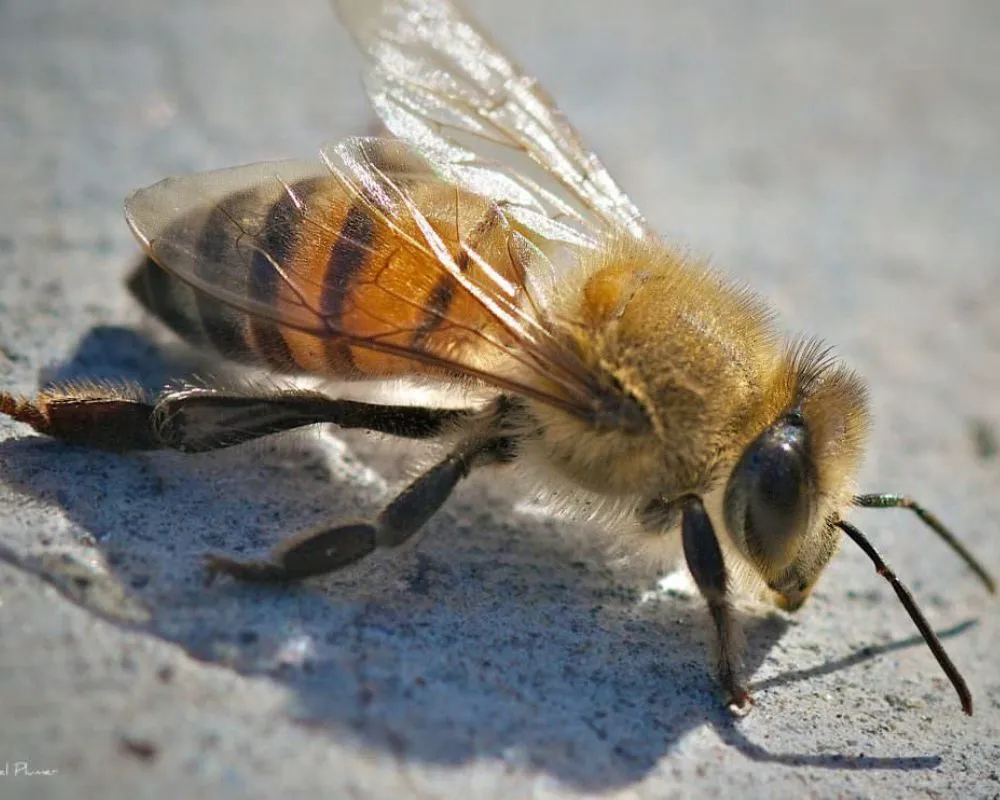
Even if you don’t provoke them, they may still attack you. Like other bees, they perish after stinging their victims, but you’ll be left with a pretty painful wound.
Boomslang
While the boomslang isn’t tiny when fully extended, it could fit into a breadbox when coiled up, which is what makes it so dangerous. Their name translates to ‘tree snake,’ and for good reason — they enjoy making their homes in the trees of sub-Saharan savannas.
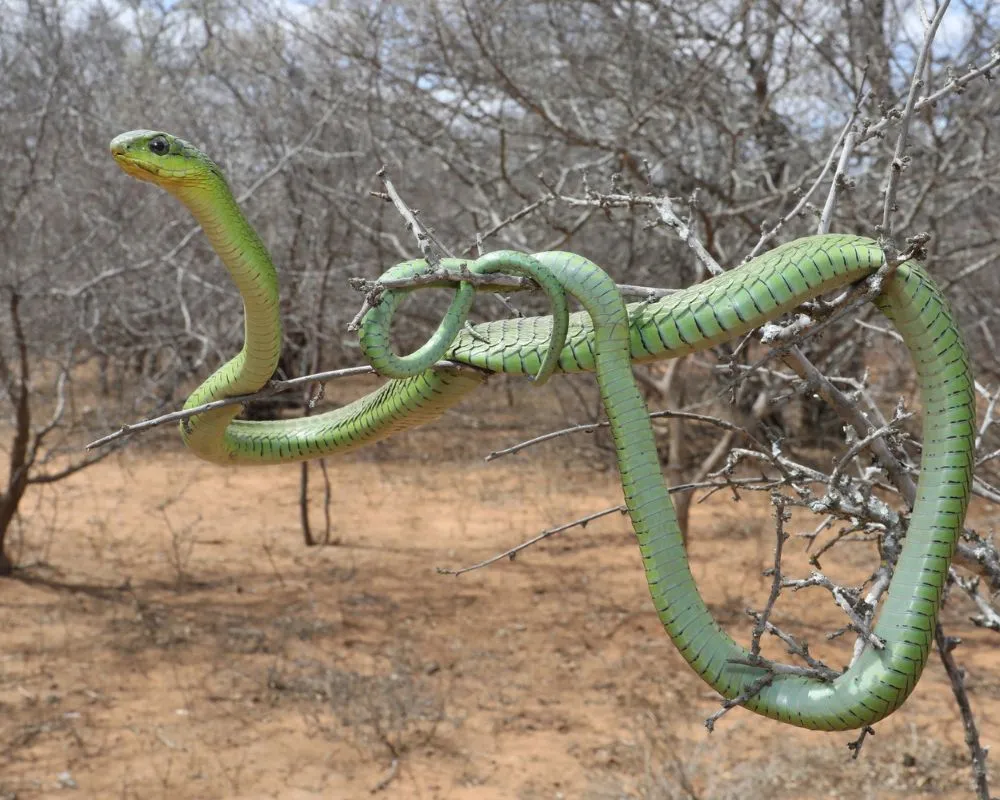
They pack a wide-mouthed toxic bite that causes renal failure and bleeding, and their venom is highly dangerous, even in small doses. Boomslangs come in various colors, with the most common being brown and green. They’re particularly difficult to see in trees.
Slow Loris
The slow loris might resemble a cute stuffed animal, but you should definitely think twice before you decide to go cuddling this primate. They produce a toxin at their elbows that is transferred to their mouths by licking.

This toxin causes a severe allergic reaction in us humans, and while you might only experience painful swelling, untreated reactions could have some serious repercussions. So, if you come across one of these fellas, it’s best just to keep your distance.
Sea Wasp
The sea wasp is a species of jellyfish that is found in the Indo-Pacific region. Their stings are highly dangerous and extremely painful and could easily put a human in a hospital.
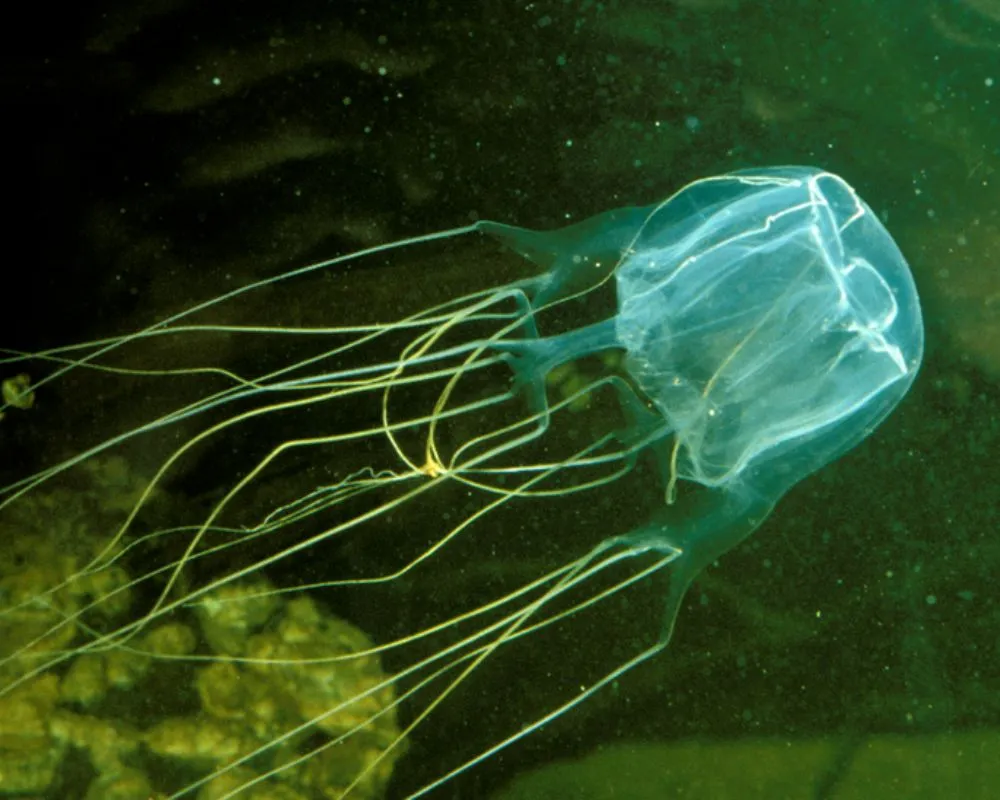
It’s so potent, in fact, that a human can become paralyzed just 30 seconds after exposure, and if you’re in the water when this happens, it could spell your doom. The worst part? They’re translucent and thus very difficult to spot before it’s too late.
Indian Red Scorpion
The Indian red scorpion is widely thought to be the most dangerous of the 1500 species of scorpion lurking on our planet. Unfortunately for us, these guys seek shelter in exactly the same places we do, and their sting can wipe you out if not treated promptly.

The venom these scorpions inject is said to cause respiratory paralysis and cardiovascular abnormalities that make life very difficult for anyone unlucky enough to encounter one.
Brazilian Wandering Spider
In addition to being one of the most terrifying-looking spiders on the planet, the Brazilian wandering spider delivers a bite that can cause hypothermia, vertigo, convulsions, shock, and more. They’re found mostly in South America, but a few have been discovered as stowaways in banana shipping crates.

Their venom targets the neuromuscular system, though there is an anti-venom. More good news is that they have only taken ten victims in recorded history.
Lonomia Caterpillar
These are some truly beautiful caterpillars, but their stings can cause blood clots and hemorrhaging in their victims. Lucky for us, there is a serum that has reduced the number of lost lives caused by their toxins.
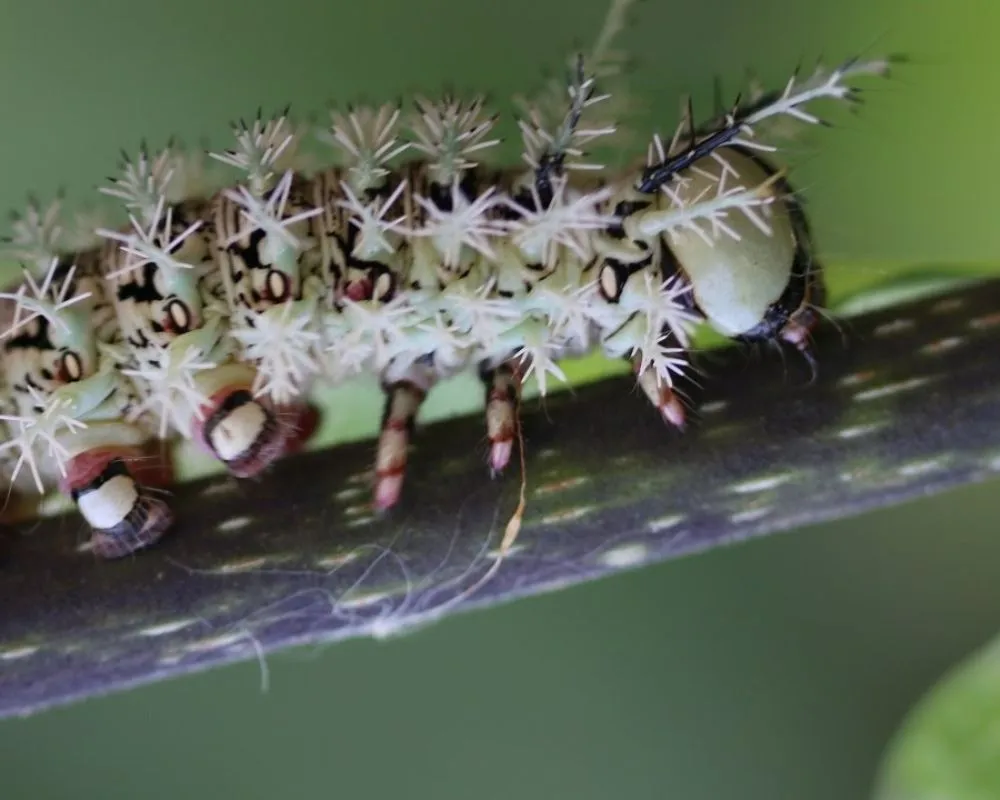
There is bad news, though. They are sometimes found in clusters and are masters of camouflage. So, if you accidentally touch more than one, you’re not going to have a great time.
Harvester Ants
Harvester ants are tiny, but they come for their victims in swarms, injecting poison with each bite. A few minutes after a bite, people report intense, fiery pain in the area.

The affected area turns a deep red, after which a sticky, watery secretion begins to eject from the skin. The excruciating pain can last all day and well into the night, though it is easily treatable and not a life-threatening affliction.
Assassin Bug
Mishandling this dangerous critter can land you some dead skin tissue, but that’s not nearly as bad as what happens to the assassin bug’s prey. They produce two different kinds of venom.

The primary variant is injected into their prey, stunning them and dissolving their organs. Their secondary venom is used for larger predators that cause localized pain and a patch of dead skin tissue. Yikes!
Freshwater snail
These snails carry the schistosomiasis parasite. These nasty bugs live inside the snails but leave snails to seek you out through the water. Once they’ve found their target, they enter through the skin and lay eggs inside.

They can live there for decades, and once they’ve hatched, they’ll leave and return to the snail. Schistosomiasis parasites harm more than 200,000 people a year, so watch out for their hosts.
Asian Giant Hornet
The eggs of the Asian giant hornet can cause paralysis, and to make matters worse, these bugs swarm. They’re but the size of a human thumb and tuck away into their nests, which they disguise to hide from the world.

It’s difficult to see these fellas coming, but if you do, run! Their stings can leave huge black craters on your skin that tend to cause permanent scarring.
Koalas
Koalas are some of the cutest marsupials on the planet, and they win over our hearts with just one look. But, don’t be fooled because these fluffy creatures can be quite fearsome and pack an intense bite.

They’ve been known to injure and attack humans who get too close, so be sure to stay away from their jaws, and always make sure that any koala you visit has experience with humans.
Platypus
The platypus is one strange creature, resembling a hybrid of many other animals. Still, they’re extremely adorable, but they hide a dangerous secret. The males have venomous spurs on their knees and elbows, which they use for stinging their aggressors.

While it is not super harmful to humans, the venom has been known to seriously harm dogs and other small animals. However, it can cause muscular atrophy and increased pain sensitivity in humans.
Hooded Pitohui
The hooded pitohui is a small passerine bird with dark red eyes, a powerful beak, and some beautiful plumage. While they have quite a cute appearance, they can be quite dangerous, as they carry a toxin that they create from the beetles they eat.

It’s the same poison found on the poison dart frog, so it goes without saying that it’s one of the most dangerous poisons on the planet.
Red Fox
Foxes are, without a doubt, extremely cute — it’s why they’re the subjects of so much wildlife photography. The red fox is the largest of the species, though they’re still pretty small. While they are generally docile and shy of humans, that does not make them any less dangerous.

Foxes are known rabies carriers, and not only have they been known to attack humans in urban areas, but they have even been caught carrying off small pets and babies!
Dingo
The dingo is about as bad as it gets when it comes to wild dogs. They’re a wild canid species that is the only native canine of Australia, and they don’t even look as scary as some domestic dog breeds do.

However, they are some of the most dangerous wild animals in the country and are infamously aggressive. They hunt in packs, so if you ever encounter one, get as far away as possible before you encounter the rest.
Tapeworms
Gross! Tapeworms generally make their way into human hosts through food and water that has been contaminated with their eggs. They are nasty little things, though it may take years for you to develop any symptoms if you become infected with one.

However, when the symptoms do eventually manifest, they are often quite serious, and you’ll want to seek immediate medical attention to get the worms removed.
Ascaris Roundworms
These disgusting parasites have tiny eggs that are easily transferred from contaminated dirt into the mouths of unsuspecting humans. Of course, if you don’t go around eating soil, you should be just fine.

The roundworm makes its home in the small intestine. It can interfere with your nutritional uptake, cause an intestinal blockage as they grow, and cause unpleasant tissue reactions. Yuck.
Moray Eel
The moray eel spends most of its time in tropical seas. They have scaleless, thick skin and sharp teeth that allow them to cause some serious damage to their prey, and that includes humans.

In some parts of the world, people dine on these slippery critters, though their flesh can be highly toxic if not prepared properly. Remember these guys the next time you take a dip in the tropical ocean.
Hyena
It goes without saying that nobody wants to encounter a hyena, and luckily for us, they’re not really interested in encountering humans either. In fact, they tend to avoid humans. Though, in certain African villages, they have been known to attack.

Hyenas are vicious scavengers that will stop at almost nothing to secure a meal, so be sure to head in the opposite direction if you ever stumble across one of these guys.
Hornets
Some species of hornet can be quite dangerous to humans, especially those like the Asian giant hornets, which carry some potent venoms in their stingers.

They are around the size of a human thumb and have been known to invade schools and farms in China and Japan.
Bees
Bees are absolutely essential to pretty much all of Earth’s ecosystems, but they can also be dangerous to humans. The reality is that bees are responsible for seriously injuring 100 people a year, and this number is rising each year in the United States.

They are particularly dangerous to those who are allergic to them, so if you happen to be one of those people and you hear buzzing outside, be sure to head indoors as quickly as possible!
Tarantula
With a lifespan of nearly three decades, tarantula spiders are normally quite small, though they can sometimes grow to be the size of a personal pizza.

Most of them are scared of large predators, but they will not hesitate to bite if provoked. Their venom is not the most dangerous in the world, but it certainly isn’t pleasant and causes intense rashes and pain at the point of contact.
Kissing Bug
These nasty critters get their name for their tendency to bite humans around the soft tissue of the mouth. They can be found in 28 states in the US and can be quite dangerous to humans.
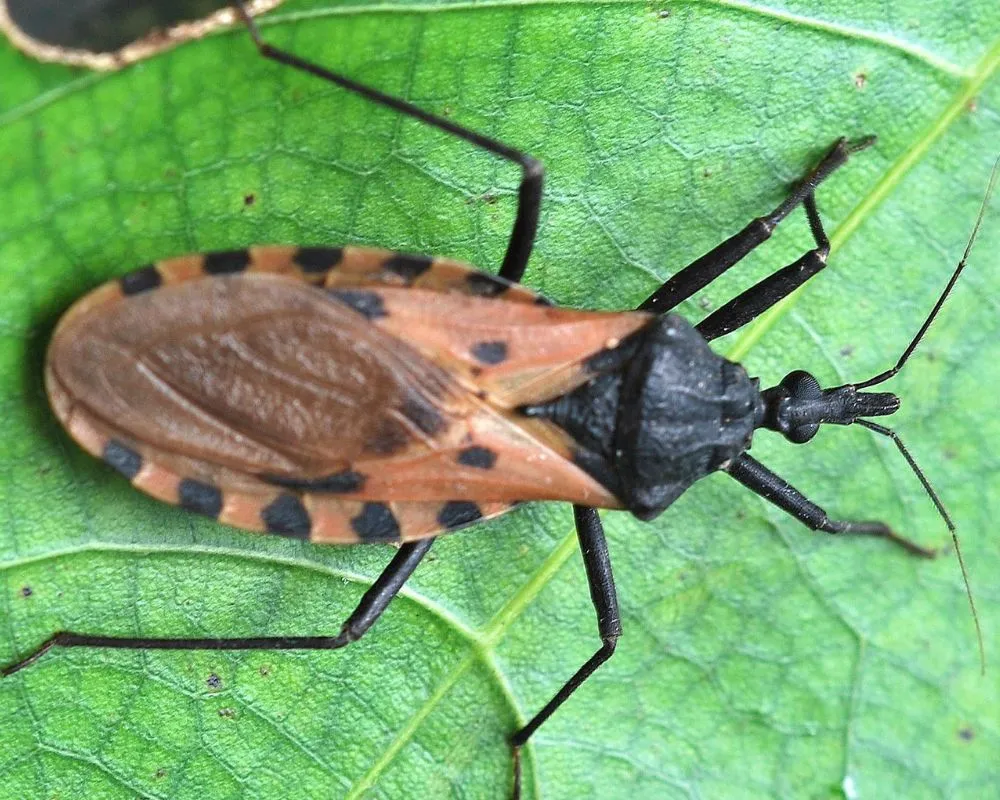
They often carry the Chagas disease, and those who are infected with it often don’t show symptoms for up to eight weeks. However, 45% of Chagas carriers develop heart problems a decade after the initial infection. Scary stuff!
Fleas
Fleas are super gross and super annoying. On top of that, they can infect you with the plague. Ugh. How inconvenient is that? The World Health Organization reports that there are 2,000 cases of the plague reported every year to this day, though it’s likely that the actual number is much higher.
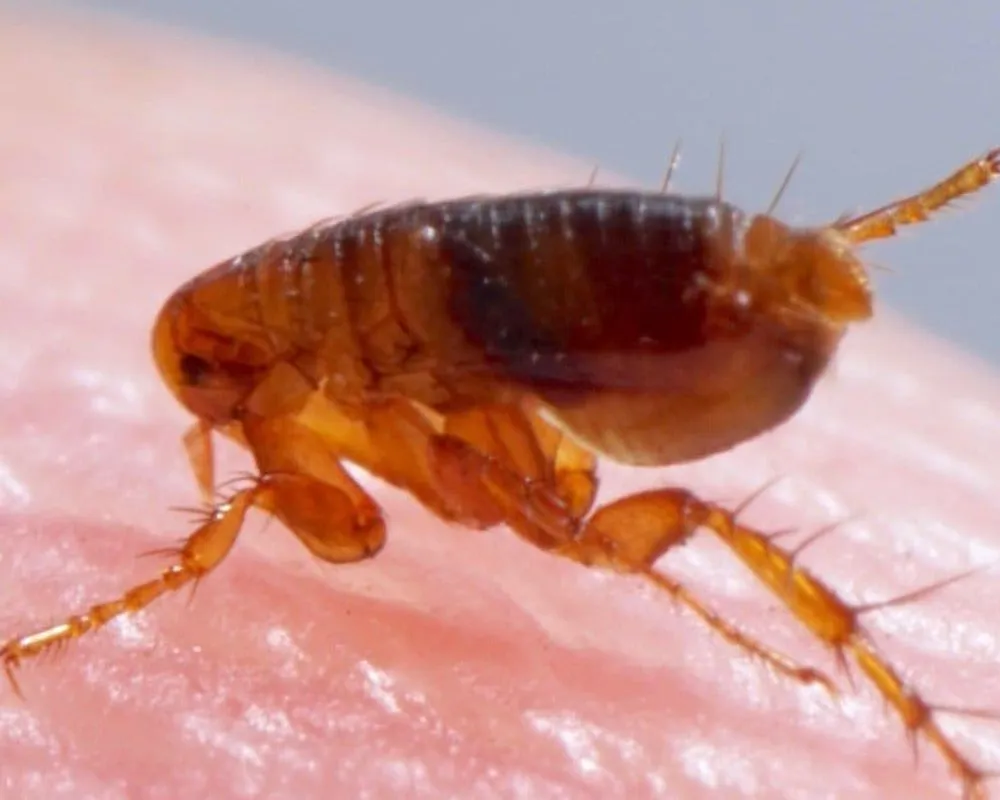
Only about a dozen flea species are considered harmful to humans, so your chances of being taken out by one are pretty slim, but that doesn’t mean you shouldn’t still be very cautious of these disgusting little bugs.
Bot Flies
What could be more horrifying than the thought of flies developing under your skin and then eating their way out? Probably nothing! If you’re planning on paying a visit to Mexico or South America and their rainforests, be sure to take extra precautions, and pay close attention to your body for any subtle signs of illness once you’re back home.

To make matters even more terrible, it’s been said that infected persons can hear these parasites in their bodies when the infestation is around the neck area. Don’t know about you, but that sounds like a living hell to us!
